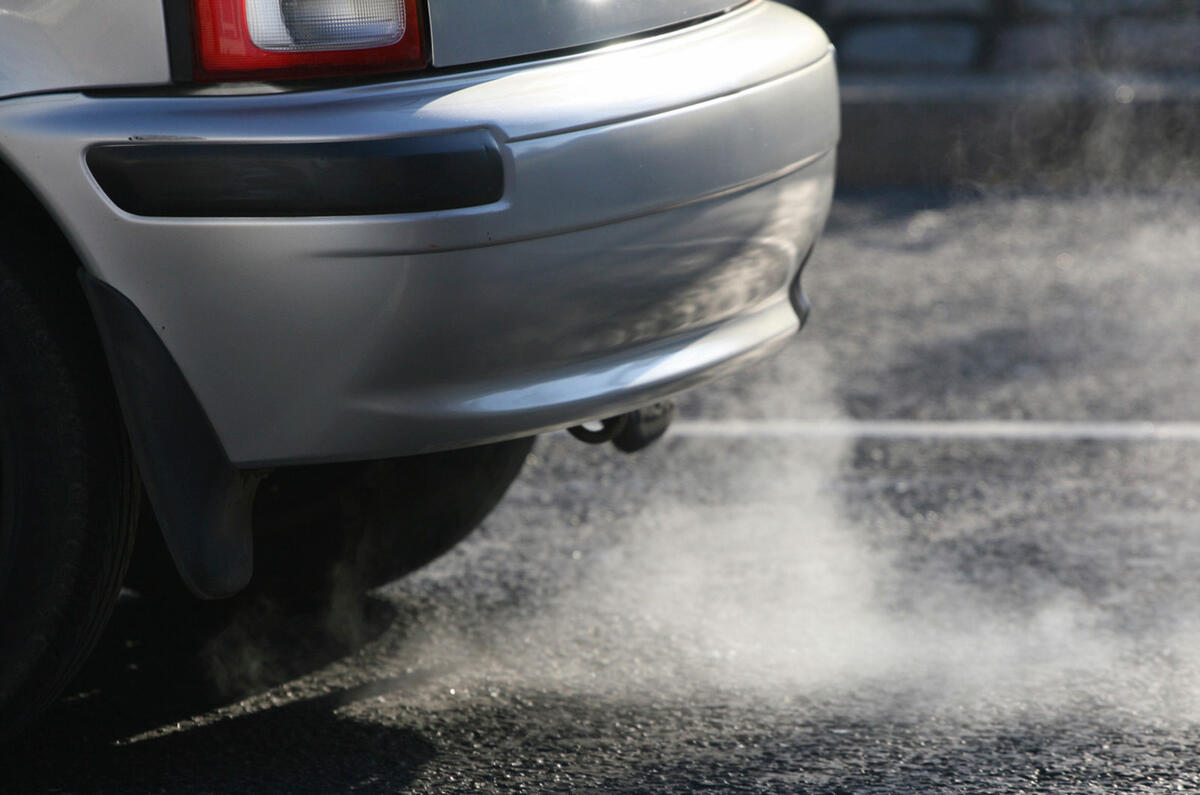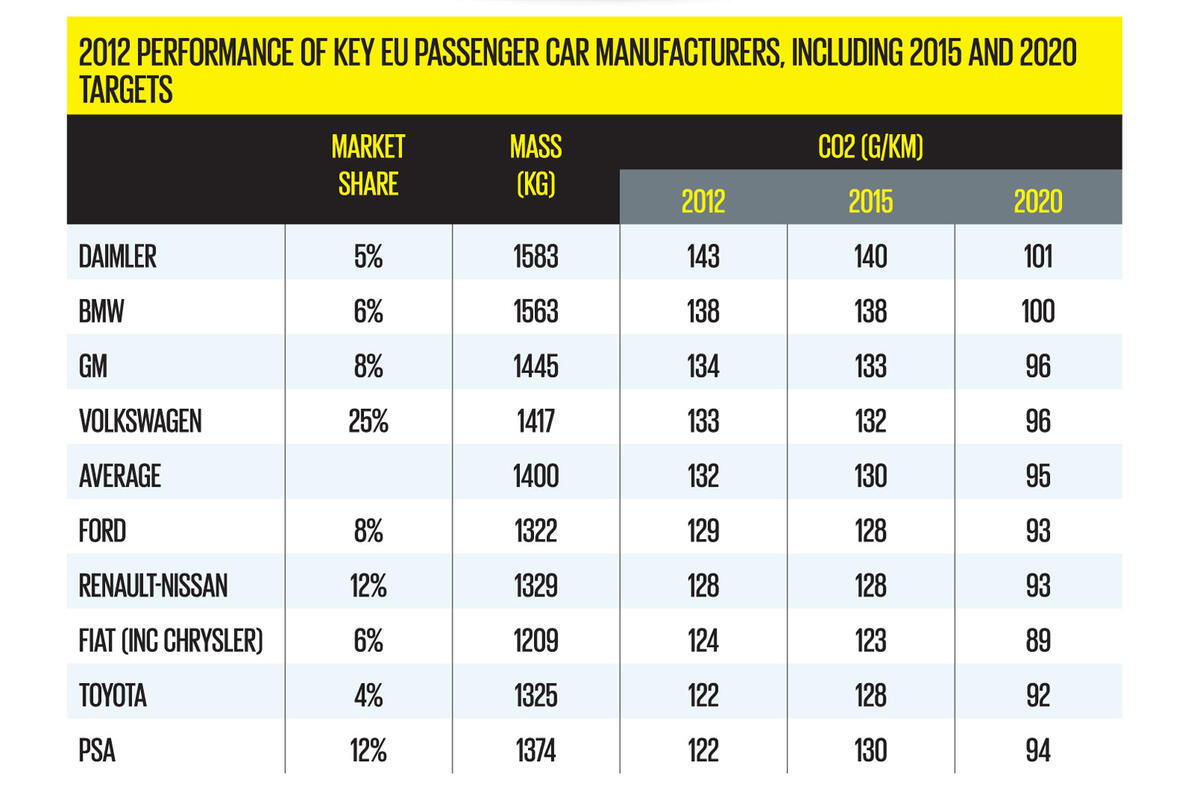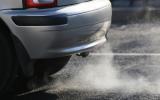New emissions targets set by the European Union are forcing car manufacturers to think hard about how they'll lower average CO2 emissions across their fleets before the end of the decade.
According to figures produced by International Council on Clean Transportation (ICCT), the average CO2 emissions of new cars have fallen from 160g/km in 2006 to 132g/km in 2012, a drop of about 17 per cent.
Manufacturers must also comply with an average fleet rating of 130g/km by the end of next year, a target which most firms expect to meet. However, European rule makers have specified a target of just 95g/km by 2020.
A late tweak to the regulations means that only 95 per cent of new cars have to hit the 2020 targets. However, 100 per cent of new vehicles will have to comply by 2021.
The drop from the 2015 target to the 2020 target is an average reduction in fuel consumption of about 27 per cent, something that will clearly be a challenge for all manufacturers.
The 95g/km average doesn’t apply exactly to each manufacturer. Each brand has its own target, because the CO2 target figure is calculated by taking into account the average weight of a brand’s vehicles.
One of the impacts of the new system is that Fiat, which has the lightest vehicles at an average of 1209kg, has to meet an average CO2 target of 85g/km. Daimler, which has the heaviest vehicle fleet, at 1583kg, has a CO2 target of 101g/km for 2020.
These fuel efficiency figures and targets have been calculated by using the standard NEDC (New European Driving Cycle). However, the EU says that it is committed to bringing in a new fuel economy test before 2020, which could make hitting the CO2 targets even more difficult.
The new fuel economy test is called the ‘World-Harmonized Light-duty Vehicles Test Procedure’ (WLTP). It was adopted by the United Nations Working Party on Pollution and Energy last November.
The WLTP is designed to be a closer representation of real-world driving conditions and it has been developed using a database of 460,000 miles of global driving data.
In its report, the ICCT admits that the NEDC test does not reflect CO2 output in “real-world” conditions. Indeed, it says that the NEDC fuel consumption figures could be inaccurate by “up to 25 per cent”. It says that the new WLTP will reduce this gap “to some extent”.
Hitting the 95g/km targets will be difficult and expensive for nearly all of Europe’s car makers. Moving the goalposts by introducing WLTP to calculate emissions could make the situation even more challenging and expensive.
Get the latest car news, reviews and galleries from Autocar direct to your inbox every week. Enter your email address below:







Add your comment
Emission is a measure problem
How will
Do you get an allowance if you dont sell as many cars? Surely somebody whos has a Lambo and does 2000 miles a year isnt putting out as many CO2's as somebody doing 20k per year in their focus? Do the premium car makers get an allowance?
Harm advances by encouraging heavy cars